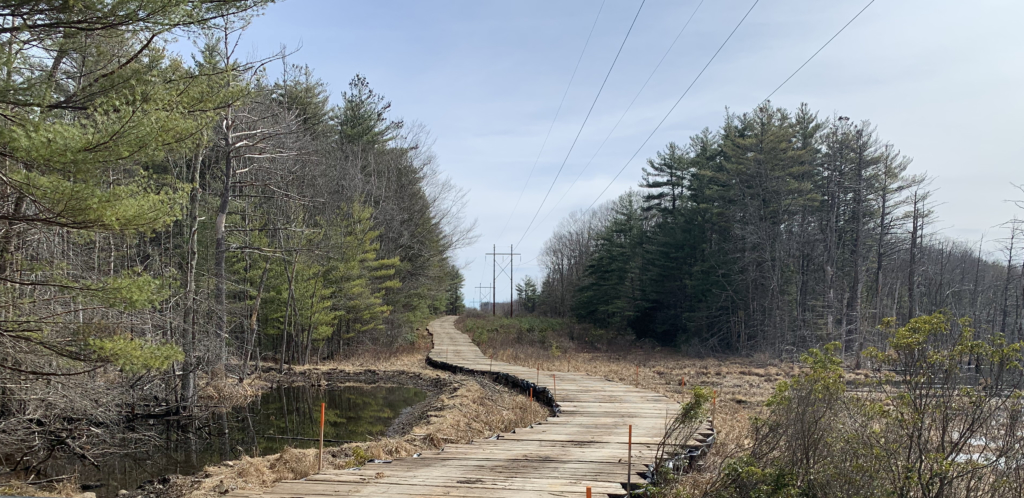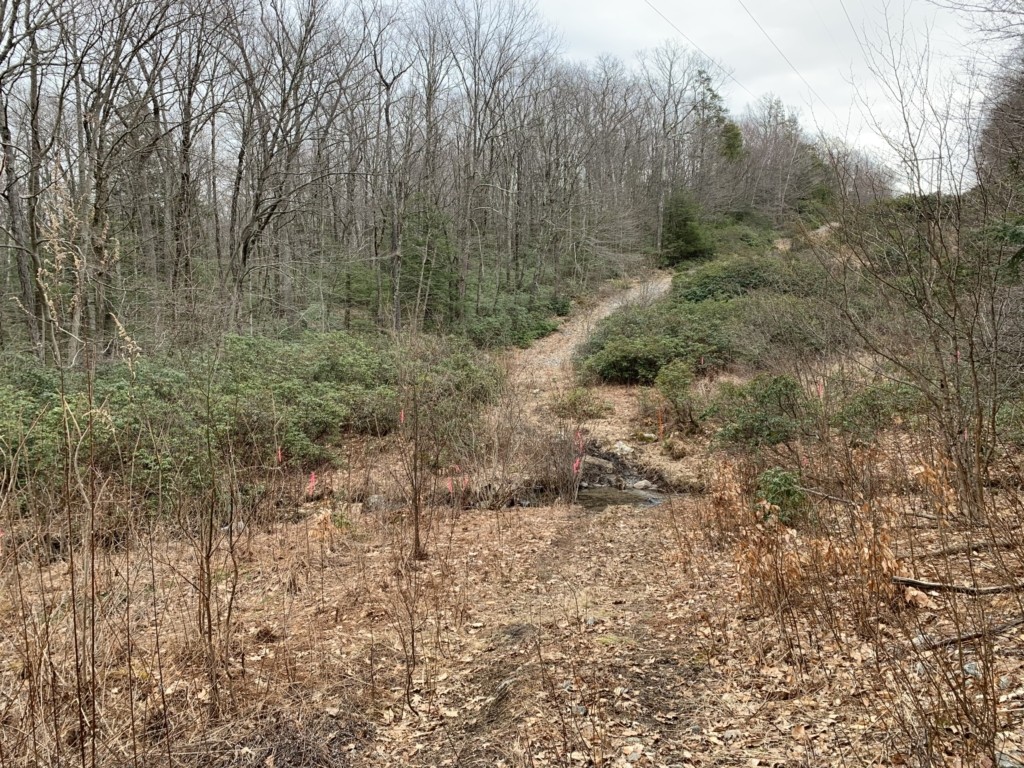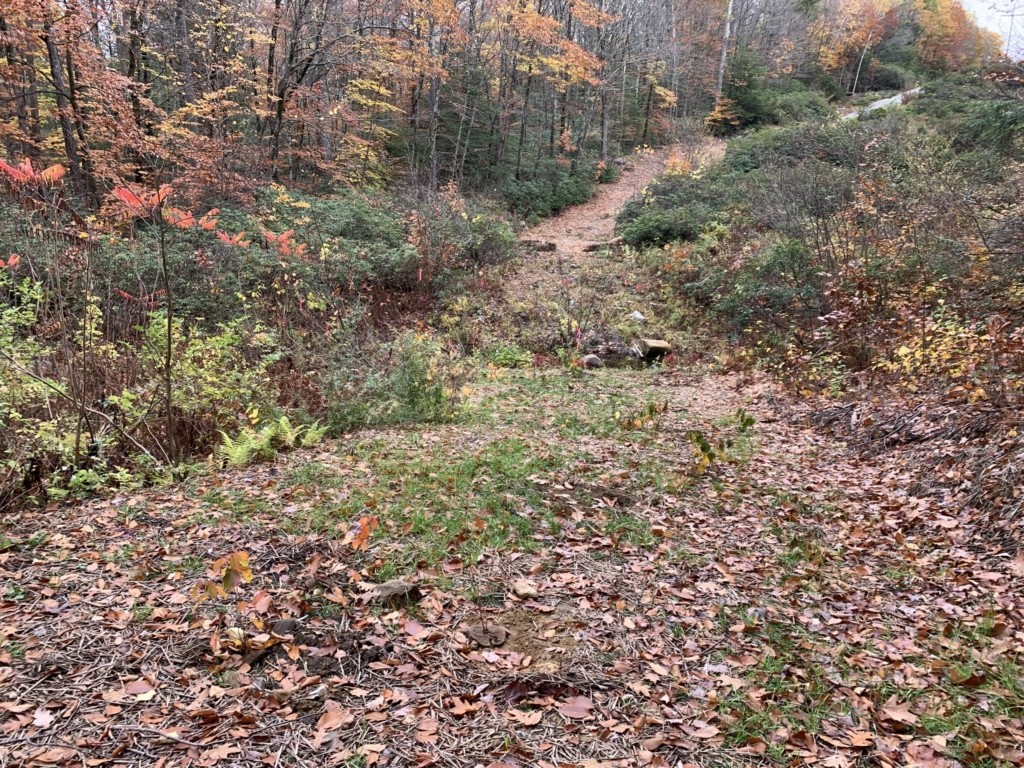Building a Resilient Energy Infrastructure while Protecting Wetlands and Wildlife Habitat
At this year’s annual MACC Conference, Amanda Houle, Senior Environmental Scientist at Tighe & Bond, and Matthew Waldrip of Eversource Energy discussed the growing effects of climate change on energy infrastructure and the steps Eversource is taking to ensure resiliency while also protecting sensitive wetlands and habitats.
Climate change and severe weather are impacting the operation of energy infrastructure. These impacts must be addressed through proactive climate adaptation solutions to ensure the continued safe, reliable, and resilient operation of energy infrastructure while maintaining a strong focus on environmental protection and stewardship.
The talk focused on Tighe & Bond’s ongoing work with Eversource throughout Massachusetts, and highlighted the environmental coordination, workflow, and oversight provided by Tighe & Bond.

Protecting the habitat while accessing the site.
Common Project Types:
Maintenance Work: includes activities to maintain, repair, or replace an existing structure used in the service of the public to provide electricity, with no substantial change or enlargement – Exempt under Wetlands Protection Act.
New Construction or Infrastructure Improvements: involves new structures or new areas of disturbance. Some activities qualify as exempt as Minor Activities within Buffer Zone, but a Request for Determination of Applicability or Notice of Intent is usually required.
Environmental Due Diligence
Identify wetland resource areas in the project area and determine wetland proximity to work areas. Identify and assess NHESP Estimated Habitats of Rare Wildlife and Priority Habitats of Rare Species.
Best Management Practices
Selection of project-specific BMPs with the goal to reduce and minimize impacts to natural resources.
Common BMPs include:
- Erosion & Sedimentation Controls: Straw wattles, geotextile silt fence, straw bale barrier, erosion control blanketing, seeding
- Construction Timing: Species’ dormant periods, tide cycles, frozen ground conditions, low flow period
- Construction Mats: Timber or flat plastic for wetland crossing or rut minimization
- Dewatering: Filter bags, dewatering basins
- Equipment Type: Rubberized tracks, wide tires, lightweight equipment, helicopter, access on foot
- Eversource site before construction.
- Eversource site during construction.
- Eversource site after construction.





